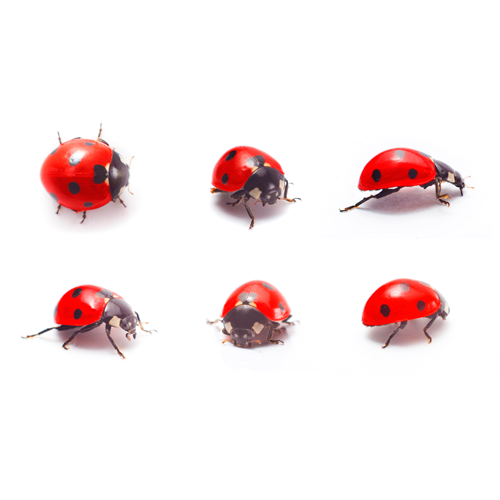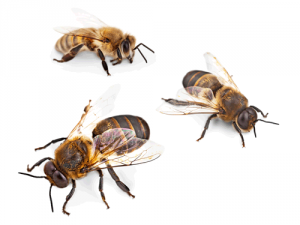
Ecological Management
The art of arranging a garden such as Camifolia consists in using the existing natural habitats to provide a home to different species while making sure all of them coexist peacefully. Auxiliary insects, for instance, play an essential role in a garden and contribute to its biodiversity. Beetles eat slug’s eggs while ladybirds and green lacewing larvae eat a huge amount of aphids, and bees and bumblebees play a crucial role in pollination. Our pond harbours a plethora of dragonflies, green frogs and fish. The old walls are also the home of reptiles such as lizards. And last but not least, there are 48 species of birds in our garden, of which 25 are nesting birds. All these species contribute to the biological diversity of Camifolia. A lot of insects and small animals need no more than a compost heap, some vegetal mulch, a pile of branches or a small hedge to live, sleep and reproduce. At Camifolia, there’s a place for everyone. Our garden helps the fauna by installing nesting boxes, insect hotels and beehives.

What about weeds?
Weeds and wild flowers are essential to the fauna and in particular to insects. We consider these wild plants as companion plants; pilewort, horsetail, herb robert, centaurea and others are welcome here. Invasive plants are controlled, though. Dealing with nature is an art that requires finding the right balance.
Mowing
In order to prevent the proliferation of unwanted plants, grass must be cut down to 6 to 8 centimetres so that it can choke out broadleaf herbs such as dandelion and plantain herb. Cutting it at different heights is also a way to play with design and create a visually dynamic space.
Companion plants
– Tansy –
Tansy is a great natural insect repellent whose mere presence is enough to keep a lot of insect pests at bay, among which the carrot fly or the renowned codling moth. A decoction of tansy is a very effective agent for expelling aphids, flea beetles, pierid butterflies and owlet moths.
– Nasturtium, calendula and French marigold –
These companion plants are crucial for any vegetable garden. They are an effective repellent for undesirable insects and animals such as ants, aphids, caterpillars, slugs, roundworms and rodents. They emit a strong odour that confuses them and prevents them from tracking their prey and finding food. It’s a guaranteed success.
Mulch and soil amendments
At Camifolia, we only use organic mulch (ramial chipped wood, leaves, wood chips, distillation residue, etc.). We also use ground covering plants to protect embankments from erosion.
Mulch aims at:
- Protecting plants from harsh climate (frost, heavy rain, etc.);
- Preventing undesirable weed from growing;
- Developing surface humus.

Weeding
All gardening at Camifolia is chemical-free. Depending on the type of soil, we occasionally have to resort to thermal and/or steam weeding, but most of the time, weeding is done manually.
Watering
We pay particular attention to water consumption, which we try to make as sustainable and economical as possible. Watering is done automatically and by night, the lawn is only partially watered, our water staircase is a closed-circuit, we harvest rainwater from the car park and our building has a green roof.
Sharing our experience
Since 2012, Camifolia’s team has been partnering up with the CPIE Loire Anjou (Permanent Centre of Initiatives for the Environment) and the SAGE Layon Aubance (Joint Association for Water Development and Management) to raise awareness about ecology and provide useful advice to public parks and garden centre professionals.

